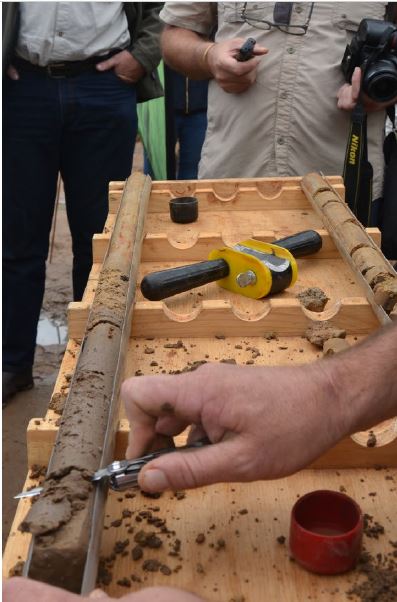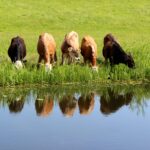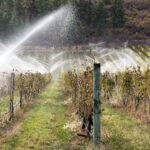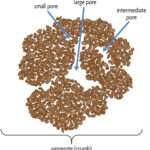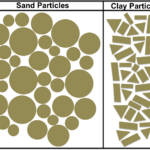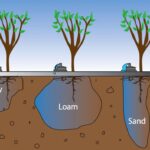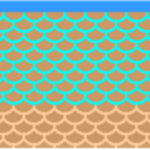It is important to understand the most fundamental principles of irrigation to become a good farmer. In this series we shall discuss all the steps and general practices to ensure that your crops will be satisfied and healthy, and reach their full potential.
A plant is similar to an animal and human and also needs the following to survive:
- An animal can always travel to find water. (Photo by aces.edu)
- Plants rely on water that comes to them. (Photo by winemag.com)
Without water both plants and animals will die.Soil is an important component in the irrigation process. During irrigation, many interesting and vital processes are happening in the soil underneath the crops.
What happens in the soil?
Soil has texture
- Soil can consist of rough sand particles… (Photo by sare.org)
- Soil can consist of rough sand particles… (Photo by sare.org)
Most soils have a mix of sand and clay particles.
Soil provides a home for the plant.
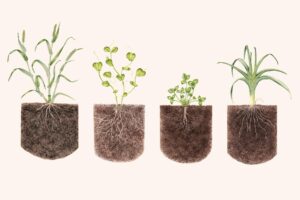
Roots are firmly anchored in the soil and support the plant, holding the plant upright and in place. (Photo by chemistryworld.com)
Soil holds water and air
A layer of moisture is held around each soil particle, where water is freely available for the plant to use. Like animals, plants need to breathe. Too much water held in the root zone will lead to some roots suffocating and dying.
Clay soils tend to hold and store more water, and less air (per unit soil depth) than sandy soils.
Soils that have more sand particles and less clay will store less water in a fixed soil depth than a clay soil. The soil texture will largely determine how much water the soil can hold in the root zone of the plant.
- 15 mm water applied to the surface of dry sandy soil will penetrate to a depth of about 300 mm, saturating that soil volume. (Photo by dripworks.com)
- 15 mm water applied to the surface of a dry clay soil will penetrate only to a depth of about 100 mm, saturating that soil volume.
Plant roots only reach down to a certain depth in the soil. Water that has penetrated below this depth is not normally available to the plant.
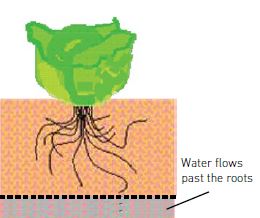
Water flow
Too much irrigation will wet the soil so that water penetrates to a depth where the plant roots can no longer reach and access this water. Water held in the soil below the normal plant root zone will be lost to the plant.
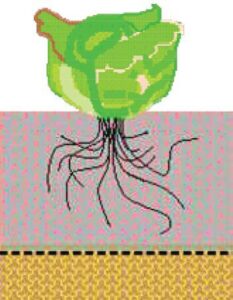
Drainage within the soil
If drainage within the soil profile is blocked by a layer of less pervious soil or a ‘plough pan’, water will fill the soil profile, forcing out air.
The plant will drown!
Too much irrigation will always waste water and can harm the plant.
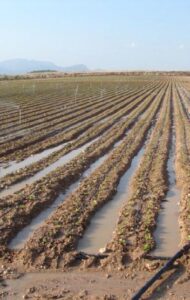
Excessive irrigation can harm your plants. Photo: Joris de Vente 2007, available at www.desire-his.eu.
This series is published with acknowledgement to the ARC Agricultural Engineering for the use of their manuals. Visit www.arc.agric.za for more information.

